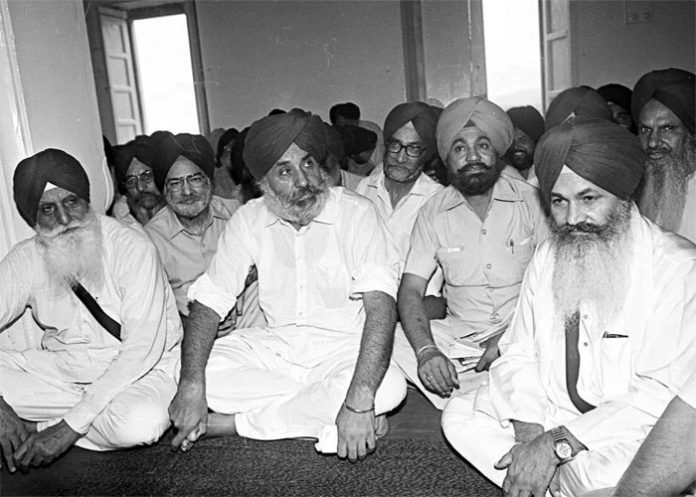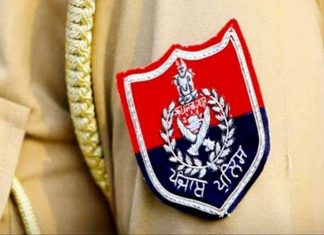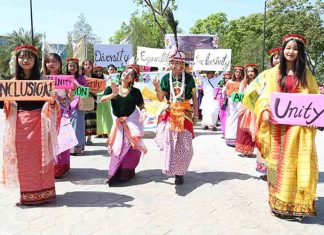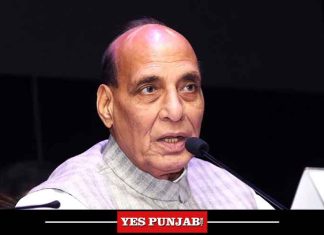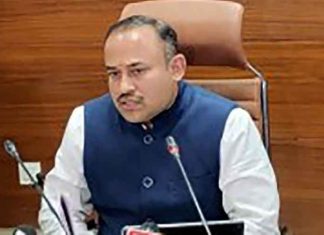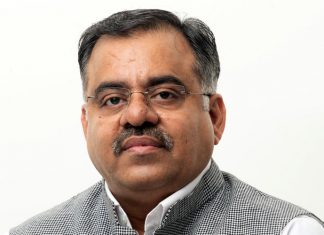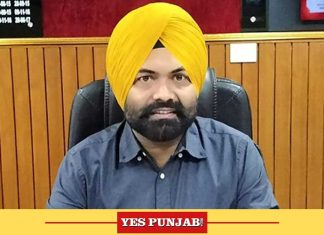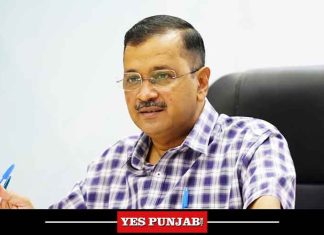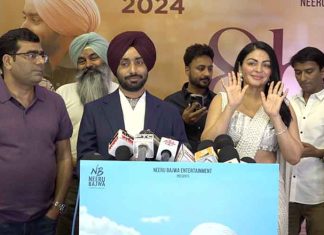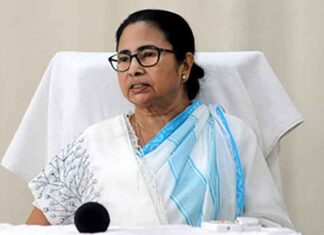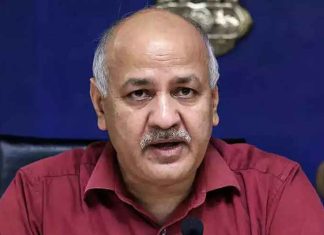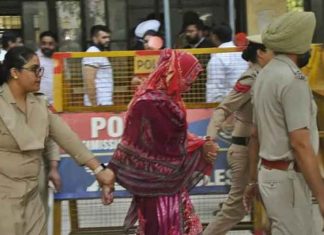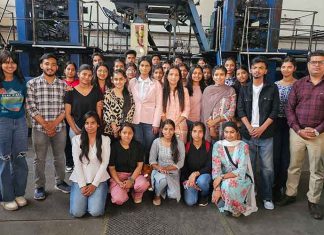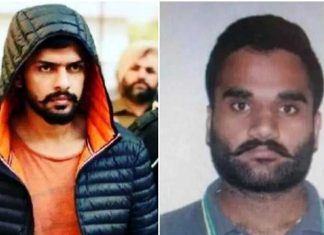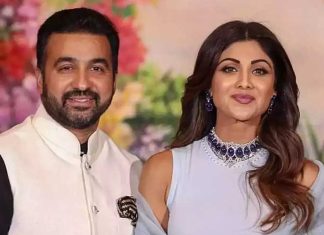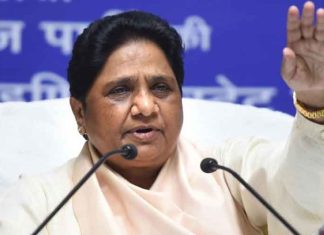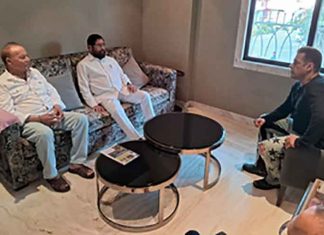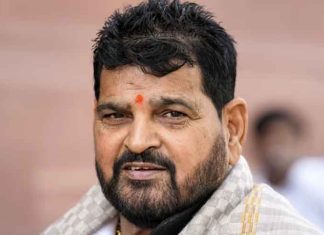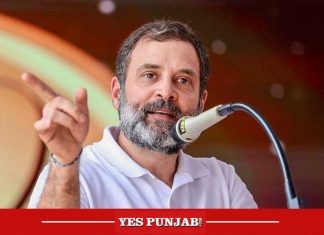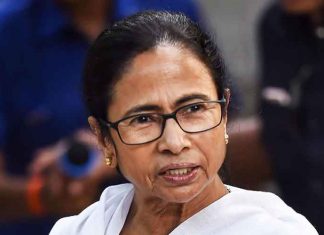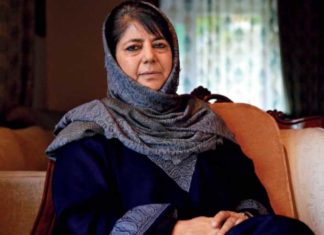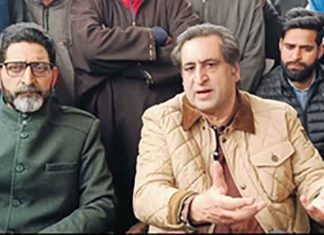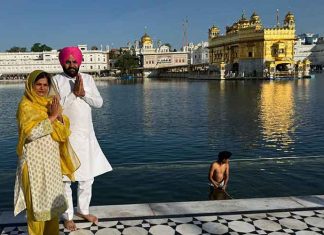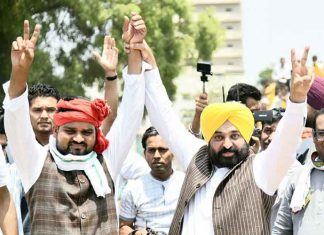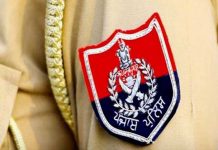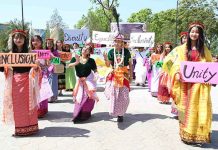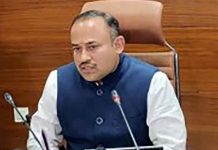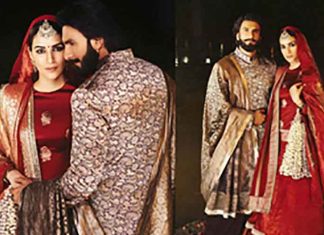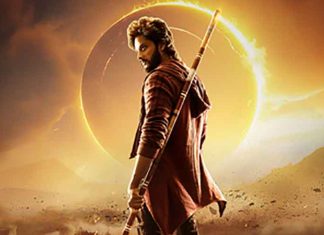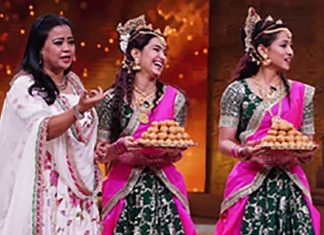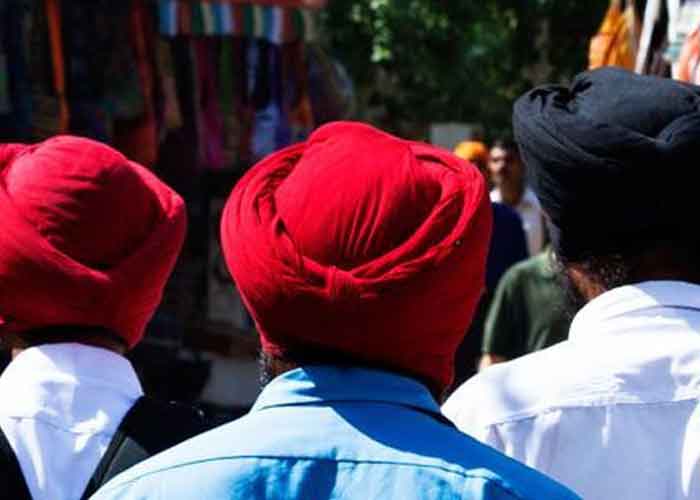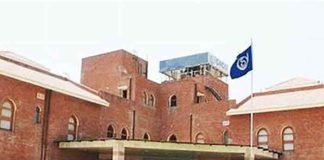Shiromani Akali Dal a Sikh political party and a regional political outfit has become a century-old party now. This is the oldest regional party and has many firsts to its credit. Shiromani Akali Dal came into being to safeguard the political interests of the Sikhs and also free the religious Sikh shrines from the clutches of the Mahants of Udasi sect and particularly Mahant Narain Das who was heading the Gurdwara Janamasthan of Nankana Sahib – the birthplace of Guru Nanak Dev.
The Mahants were committing a violation of the Sikh Rehat Maryada (Code of conduct) and indulging in all sorts of irregularities.
To quote Prof. Prithipal Singh Kapur a renowned Sikh historian and Sikh scholar, to begin with, the Sikhs formed squads of the Sikh volunteers to fight against the malpractices of the Mahants.
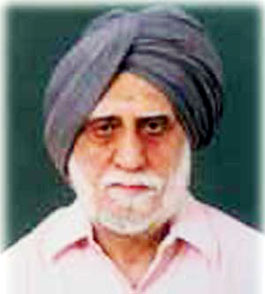 They launched a campaign against the Mahants to free the gurdwara from their control and the first major encounter between the Sikhs and Mahant Narain Das took place in Nankana Sahib in 1920 when more than 300 Sikhs were massacred by the supporters of Mahant Narain Das who had the support of the Britishers.
They launched a campaign against the Mahants to free the gurdwara from their control and the first major encounter between the Sikhs and Mahant Narain Das took place in Nankana Sahib in 1920 when more than 300 Sikhs were massacred by the supporters of Mahant Narain Das who had the support of the Britishers.
After the Nankana Sahib massacre, the Britishers had to recast their attitude towards Narain Das and he was exiled from Nankana Sahib.
The Sikh Volunteers who were safeguarding the gurdwaras and the Sikh Sangat formed the Shiromani Akali Dal on December 14, 1920, to give a political voice to the Sikh religious minority.
In the meantime, the Britishers also took steps to regulate the management of the gurdwaras and formed the Shiromani Gurdwara Prabandhak Committee through a Gurdwara Act in 1925 which gave legal and constitutional status to the SGPC. Thus the control of the religious shrines was snatched from the Mahants and was passed on to the Sikhs.
The anti-mahant movement was purely based on non-violence. The Sikhs also launched Gurdwara Sudhar Movement (Gurdwara Reforms Movement) and launched morchas known as Guru Ka Bagh Morcha and Jaito Morcha.
The Shiromani Akali Dal emerged as a political voice to the Sikhs and a galaxy of a number of men of honesty and integrity and dedication appeared on the scene. They included Baba Kharak Singh, Udham Singh Nagoke, Master Tara Singh, Darshan Singh Pheruman, Ishar Singh Majhail and Giani Kartar Singh. The majority of the Sikh leaders came from Majha. They could talk to the Britishers about the rights of the Sikhs.
At the same time, Congress was fighting for the freedom of the country during this period and leaders like Mahatma Gandhi and Pandit Jawahar Lal Nehru were attracted towards the Sikhs. Mahatma Gandhi’s initial impression was that the Sikhs were militants but he was impressed with the non-violent movement of the Sikhs.
Both Pandit Nehru and Mahatma Gandhi were keen that the Sikh leaders join the freedom movement with Congress. But Master Tara Singh and Giani Kartar did not agree and maintained their independent entity. There were many Sikh leaders who were inclined to join the Congress. Pandit Nehru persuaded Pratap Singh Kairon to join the Congress.
According to Prof. Kapur when Ulama Iqbal Urdu poet raised the slogan of Pakistan a Muslim majority state, Master Tara Singh and Giani Kartar Singh formed Azad Punjab to safeguard the interests of the Sikhs.
However, in 1947 when Pakistan was created, Master Tara Singh opted to go with the Congress in independent India. The Congress leadership promised to provide a space to the Sikhs where they could have a glow of freedom.
But this promise was not fulfilled and the Akali Dal launched an agitation for the achievement of Punjabi Suba – a Punjabi speaking state. The agitation continued from 1950 to 1966. Congress had decided to carve out states on the basis of language. In November 1966, Indira Gandhi conceded the demand for Punjabi Suba after the 1965 Indo-Pak war.
But the Sikhs were given a truncated Punjabi Suba and many Punjabi speaking areas were left out of it and Chandigarh the state capital has not been given to it so far. Many Commissions were set up to decide about the left out Punjabi speaking areas and the establishment of Punjab High Court for the state. But nothing has happened so far.
After the formation of the Punjabi Suba, infighting among the Akali leaders started. In 1967, Vidhan Sabha elections, first non-Congress government was formed under the Chief Ministership of retired Justice Gurnam Singh but his government was overthrown by Lachhman Singh Gill who walked out of the government with eighteen legislators and formed the government with the outside support of the Congress.
Again in the midterm poll, Gurnam Singh was elected leader and formed the government, and this time Balwant Singh, finance minister played the villain and Gurnam Singh was ousted. President’s rule was imposed and in 1972, Congress captured power with Giani Zail Singh as Chief Minister. Parkash Singh Badal succeeded Gurnam Singh, but he was not allowed to function and his government was dismissed by Indira Gandhi.
In June 1975, Indira Gandhi imposed an emergency in the country after her disqualification by the Allahabad High Court in an election petition. The Akali Dal launched morcha against emergency under the leadership of Sant Harchand Singh Longowal. It was the Akali Dal that continued the morcha till the last day of the lifting of the emergency.
After the lifting of the emergency, India had a new party known as the Janata party which was formed on the call given by Lok Nayak Jayparkash Naryan. This was an amalgamation of a few parties. Akali Dal did not merge with the Janata Party and continued its independent entity but became a partner in the first non-Congress government at the Centre under Morarji Desai.
Parkash Singh Badal was inducted in the central government but he felt uncomfortable and returned to Punjab politics. He headed the coalition government with the Janata Party but it was again dismissed by Indira Gandhi when she came to power again in 1980 in the mid-term poll to the Lok sabha. 1980 ushered in militancy in Punjab which continued till 1992 and again there was a Congress government headed by Beant Singh as Chief Minister. He was blown in a bomb blast in August 1996.
In 1985, Sant Harchand Singh Longowal was assassinated at Sherpur Gurdwara after he had signed the Rajiv-Longowal accord for peace in Punjab. In September 1985, elections to the Punjab Vidhan sabha were held, Surjit Singh Barnala became Chief Minister. This time Parkash Singh Badal and Gurcharan Singh Tohra betrayed Barnala and left the Akali Dal with 26 legislators and Barnala had to take the support of the Congress and the government lasted for two and a half years.
It was in 1997, that Parkash Singh Badal had an alliance with the BJP and Punjab had SAD-BJP Government. Atal Bihari Vajpayee had blessed this alliance and it was for the first time that the Badal government had a full term of five years. From 2007 to 2017 again there was a SAD-BJP government because in 2002-2007 Captain Amarinder Singh formed the Congress government.
During the period of 2007-2017, Parkash Singh Badal brought his son Sukhbir Singh and his daughter in law Harsimrat in the politics and there was the complete dynastic rule in Punjab. Sukhbir became the President of the Akali Dal first and then Deputy Chief Minister in the government. Harsimrat was inducted as minister in the Modi government in the 2014 Lok Sabha elections.
There was the complete hold of Parkash Singh Badal family in Punjab for ten years and Sukhbir and his brother-in-law Bikram Singh Majithia who was a minister in Badal government ruled the Punjab state according to their whims.
The Akali Dal and the SGPC was in complete grip of the Badals. Gurcharan Singh Tohra who had remained President of SGPC for twenty-seven years also faced humiliation at hands of Badals and went into the history of the Sikh politics in 2004.
After the humiliating defeat of the Akali Dal in 2017 Vidhan sabha polls, when Akali Dal (Badal) got only 15 seats and was decimated to the third position, there were signs of revolt against Badals. Sukhdev Singh Dhindsa the senior-most leader of the party was the first to raise the banner of revolt and resigned from all positions in the Akali Dal.
He has now formed his own Akali Dal (Democratic). He was followed by Ranjit Singh Brahampura, Dr. Rattan Singh Ajnala and Sewa Singh Sekhwan resigned from the Akali Dal and former Akali Dal (Taksali). They all revolted against the alleged authoritarian attitude of Sukhbir Singh Badal and his coterie.
Punjab witnessed sacrilege of Guru Granth Sahib incidents in 2015 when Guru Granth Sahib was stolen from Gurdwara Burj Jawahar Singh Wala. There was resentment among the Sikhs over the incidents of desecration and there was police firing at Behbal Kalan and Kotkapura in which two Sikh youth were killed. This generated anti-Badal sentiment and the Akali Dal faced the worst defeat in 2017.
All efforts by Badals to revive their credibility have failed so far. Harsimrat Badal also resigned from the Modi cabinet following the passage of three farm laws and nationwide agitation by Kisan Unions of the country against the farm laws. The agitation is still continuing and there seems to be no end to the same as both the Modi Government and the agitating farmers have adopted a rigid attitude.
Punjab politics continues to be in turmoil in the wake of pandemic Covid-19 and agitation by the farmers.
K S Chawla is a senior journalist based at Ludhiana.
Can be reached at : [email protected]
Mobile : 99886-44244



